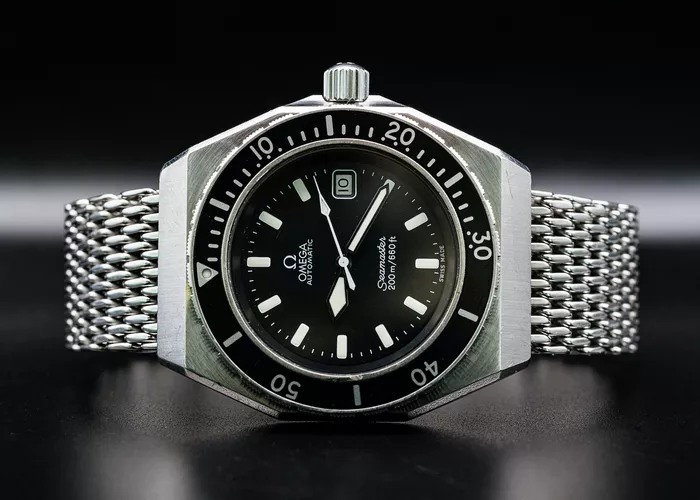This month, Omega is marking two significant achievements in its storied history: its role as the official timekeeper of the Paris 2024 Olympics and the 55th anniversary of the iconic Omega Speedmaster, the first watch worn on the moon.
On July 21, 1969, astronauts Neil Armstrong and Buzz Aldrin made history by landing on the lunar surface, with Aldrin famously wearing the Omega Speedmaster Professional. This groundbreaking event cemented the Speedmaster’s legacy as the first watch to be worn on the moon, a distinction that continues to captivate watch enthusiasts worldwide.
Introduced in 1957 as a sports and racing chronograph, the Omega Speedmaster was initially designed for timing racetrack laps, rather than space travel. It was not until 1965, after undergoing rigorous tests including thermal, shock, and vacuum conditions, that NASA selected it for space missions. The Speedmaster’s endurance and precision made it the go-to timepiece for astronauts, and its design remains remarkably consistent with the models produced today.
The Speedmaster’s impact extends beyond its historical significance. The term “Speedy Tuesday” emerged in 2012 when watch blogger Robert-Jan Broer shared a photo of his Speedmaster on Instagram with the hashtag #SpeedyTuesday. What began as a personal homage has blossomed into a global movement, celebrating the Speedmaster’s allure every Tuesday.
In a modern twist, Omega partnered with Swatch in 2022 to launch the MoonSwatch series, featuring 11 vibrant, bio-ceramic models named after celestial bodies. This collaboration generated immense interest, leading to long lines and heightened demand worldwide. Building on this success, Swatch introduced special editions like the Mission to Moonshine Gold in March 2023 and the Mission to the Moonphase in July 2023. A new launch in the series, set to begin on August 1, 2024, is expected to continue this momentum.
Throughout its evolution, the Speedmaster has retained its classic design while incorporating modern enhancements. The original 1957 model’s broad arrow hand and steel bezel have evolved into the black bezel with tachymeter scale, while the dial has been updated with the ‘Professional’ inscription post-NASA qualification. These refinements have maintained the watch’s timeless aesthetic while improving its functionality.
Omega’s celebration of the Speedmaster’s moon landing anniversary is more than a nod to its past; it underscores the brand’s ongoing commitment to precision, reliability, and innovation—qualities that made the Speedmaster an essential tool for NASA and continue to define Omega’s watchmaking philosophy today.

